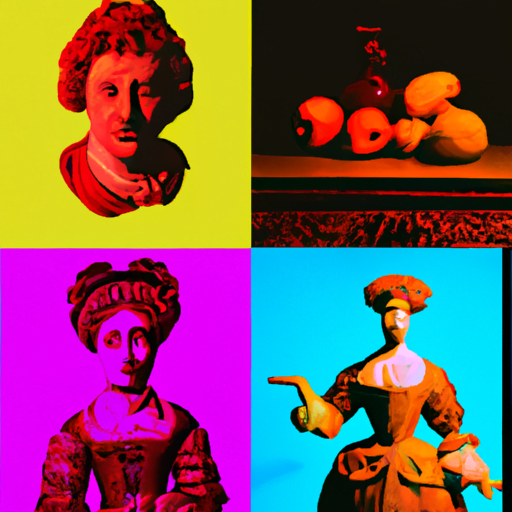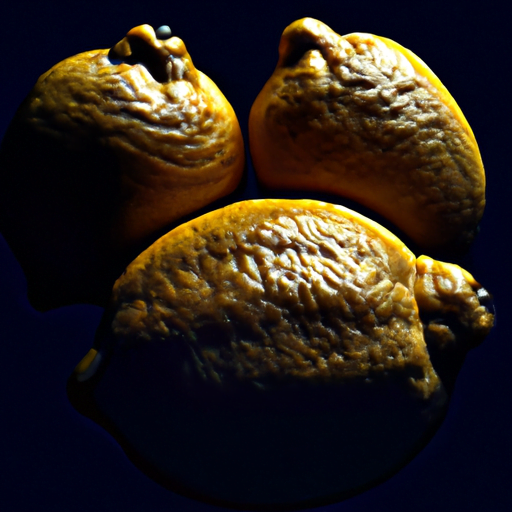
-
Table of Contents
Exploring Baroque Art Inspired Design

The Baroque period, which spanned from the late 16th century to the early 18th century, was a time of artistic innovation and grandeur. Baroque art, with its ornate details, dramatic lighting, and emotional intensity, continues to inspire designers today. In this article, we will delve into the world of Baroque art and explore how it has influenced design in various fields, from architecture to fashion.
Understanding Baroque Art
Baroque art emerged in Europe as a response to the Protestant Reformation and the Catholic Counter-Reformation. It was characterized by its extravagant and theatrical style, aiming to evoke strong emotions and create a sense of awe. Baroque artists sought to engage the viewer through dynamic compositions, intricate details, and a play of light and shadow.
One of the most prominent features of Baroque art is its emphasis on movement. Artists used diagonal lines, swirling forms, and exaggerated gestures to create a sense of motion and energy. This can be seen in famous works such as Gian Lorenzo Bernini’s sculpture “The Ecstasy of Saint Teresa,” where the figures seem to be in a state of dynamic motion.
Another key aspect of Baroque art is its use of light and shadow, known as chiaroscuro. Artists like Caravaggio mastered this technique, using strong contrasts to create a dramatic effect. The interplay of light and shadow adds depth and dimension to the artwork, making it visually captivating.
Influence on Architecture
The influence of Baroque art can be seen in architecture, where buildings embrace the grandeur and drama of the style. One notable example is the Palace of Versailles in France, designed by Louis Le Vau and later expanded by Jules Hardouin-Mansart and Charles Le Brun. The palace features elaborate ornamentation, opulent interiors, and expansive gardens, all reflecting the extravagance of the Baroque period.
Baroque architecture also introduced new elements, such as the use of curved lines and domes. The Church of Sant’Ivo alla Sapienza in Rome, designed by Francesco Borromini, showcases these features with its undulating facade and unique spiral dome. These architectural innovations continue to inspire contemporary designers, who incorporate curved lines and domes into their creations.
Influence on Interior Design
The opulence and grandeur of Baroque art have also influenced interior design. Baroque-inspired interiors often feature richly decorated ceilings, ornate furniture, and luxurious fabrics. The Palace of Caserta in Italy is a prime example of Baroque interior design, with its lavish decorations, intricate frescoes, and gilded details.
While recreating an entire Baroque interior may not be practical for modern homes, elements of the style can be incorporated to add a touch of drama and elegance. For example, a statement chandelier with intricate details can become the focal point of a room, while ornate mirrors and textured wallpapers can add depth and visual interest.
Influence on Fashion
Baroque art has also left its mark on the world of fashion. Designers often draw inspiration from the elaborate details and luxurious fabrics seen in Baroque paintings and sculptures. Dolce & Gabbana, for instance, has frequently incorporated Baroque-inspired elements into their collections, such as intricate lacework, gold embellishments, and rich brocades.
Baroque-inspired fashion is characterized by its opulence and attention to detail. Garments often feature ornate embroidery, intricate patterns, and voluminous silhouettes. This style allows individuals to make a bold fashion statement, embracing the drama and grandeur of the Baroque period.
Baroque Art in Graphic Design
The influence of Baroque art extends beyond traditional art forms and has found its way into graphic design. Designers often incorporate Baroque-inspired elements, such as ornate borders, decorative flourishes, and intricate typography, into their designs. These elements add a sense of elegance and sophistication to various visual mediums, from posters to websites.
Baroque-inspired graphic design can be seen in luxury branding, where intricate details and elaborate typography convey a sense of exclusivity and refinement. The use of gold accents, ornate frames, and swirling patterns creates a visual language that evokes the opulence of the Baroque period.
Conclusion
The influence of Baroque art on design is undeniable. From architecture to fashion and graphic design, the grandeur, drama, and attention to detail of the Baroque period continue to inspire and captivate designers today. By incorporating elements of Baroque art into their creations, designers can evoke a sense of awe and create visually stunning experiences for their audiences.
Whether it’s the use of curved lines and domes in architecture, opulent interiors in interior design, or intricate details in fashion and graphic design, the legacy of Baroque art lives on. By exploring and embracing the beauty of Baroque-inspired design, we can create spaces, products, and visuals that are truly captivating and timeless.
